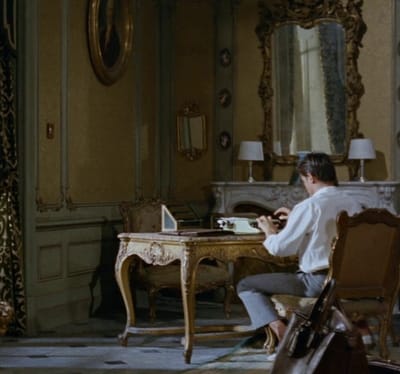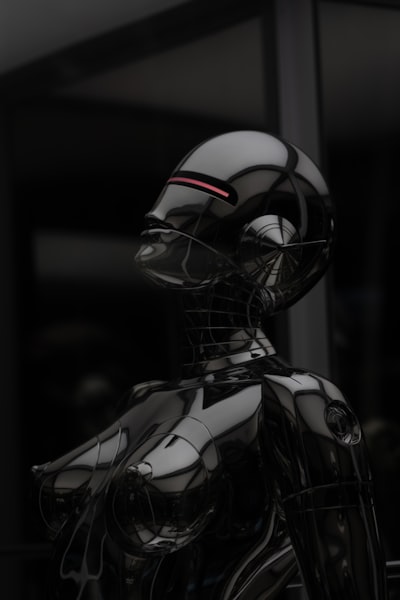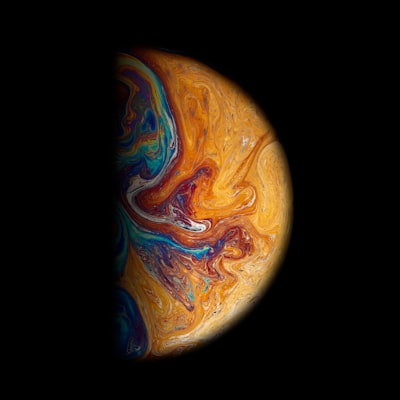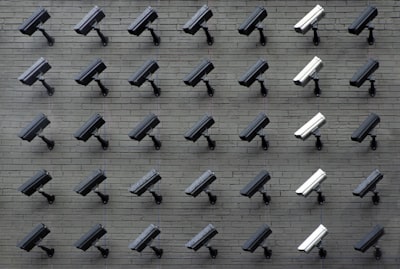Note that the following essay includes spoilers of the book The Talented Mr. Ripley and film Purple Noon.
The Talented Mr. Ripley and its 1961 French adaptation Purple Noon are two tales of the same character who cannot stop departing. In the book we witness Tom leave the U.S., then Naples, Mongibello, San Remo, Paris, Rome – until the very last page he's traveling. In the film, we're nearly seasick and whiplashed in a wind-rocked ship that's never long at bay. In both there is a constant sense of going, but never an arriving. We're on the move, but where is the destination?

We can try to deduce the purpose to Tom's destinations from his motives. But in the book his modus operandi is nearly incomprehensible. Is it romantic jealousy, a fatal fear of a homosexual reputation? In the film Tom's motives for murder could be framed as revenge — a sociopathic deliverance of justice. But in both worlds, the most obvious motivations for his manipulations and murders are complicated by Tom's lingering beside each scene of his crimes. If there is a 'why' to any of Mr. Ripley's heinous acts, they're as concealed as his mind is mysterious.
In the book, we're inundated with Tom's painful personal past. He was raised an orphan to an aunt whose care stopped short of love, who teased Tom for being a "sissy", who loathed any extra effort she required in raising him and held the sacrifices of her caretaking over his existence. Tom had ran away from home three times growing up, and imagined violent scenes of ending her life even more. Tom "had spent so much of his time hating Aunt Dottie and scheming how to escape her, that he had not had enough time to learn and grow."
Because Tom had never matured he also had underdeveloped sense of perseverance, alongside a host of other virtuous characteristics. This immaturity, in the book, explains Tom's hapless circumstances, his circuitous laboring through dead-end jobs and unpleasant living conditions. There is a clearly established relationship between Tom's character and his material possessions. Tom has nothing good because he is nothing good. Perhaps, if only he, as he briefly was on the dock of a ship setting sail to Paris, booked in first class, on behalf of Mr. Greenleaf, he could live forever "fortified morally by the luxurious surroundings."
As fate has it, Tom is thrust into the life of Dickie Greenleaf. A man with taste and elegance, who spends his days relaxing on the Italian coast, painting at his leisure, vacationing to the Alps, all on account of his trust fund. Dickie is not a man of trade but immense, envious leisure. A man Tom, soon after entering his life, longs to become.
This becomes plain in a critical scene shared both in the book and film. Tom is caught wearing Dickie (Philippe's) clothes – and slippers! – impersonating Dickie (Philippe) in the mirror, denouncing his love for Marge.

The film treats the scene as intense but playful, suggesting that perhaps Tom imagines a future where he can freely pursue Marge as his own lover. In the book, this scene threatens Tom and Dickie's budding relationship. But the tension is hastily resolved, in a way common for men who tread in emotional territory more complex than their vocabulary allows. In either scene, the viewer becomes aware of a derangement Tom harbors. It's in his impersonation of Dickie we see a glimpse of one of his truest desires.
That is why after murdering Dickie (Philippe) Tom does not flee. He becomes his victim. Tom wears his clothes and jewelry, gains five pounds to mimic his body, deploys his secretly acquired Italian to speak as Dickie. It is not enough to imitate. Tom must embody, and to the hotel lobbyist, his landlord, even himself become Dickie Greenleaf.
But just when we think Tom has arrived at his final destination – of becoming a Dickie – Tom, undercover as Dickie, kills Freddie Miles.
To evade capture, to ensure that he would not be convicted as murderer, Tom was forced to shed his identity of Dickie. He was forced to revive the ghastly remnants of that putrid Tom Ripley. And so begins Tom's second pursuit, to become an innocent benefactor of his darling Dickie's death. If he could not embody Dickie, then perhaps he could surround himself with all the things that made Dickie's life so great.
This explains why he continues to entangle himself with Dickie's possessions, and frauds a letter claiming that he is the heir to Dickie's trust fund, home in Mongibello, and boat. If there is anything consistent in Tom's behavior it's his persistent pursuit toward things.
This plot point is shared in both the book and film. In the final scenes of Purple Noon, elated by the idea that he's an acquitted man, Tom lounges seaside, looks to a waitress and asks for "the best" drink. In the final lines of the book, when Tom is certain that he's been absolved from all guilt, he hails a cab driver and – in Italian – asks for the driver to take him to "the best" hotel.

In both scenes Tom is not fixated on what's best. He cannot identify best. Tom commands another to interpret and fetch for him the interpretation of "best." And as far as he's come, as much as he's traveled, he still can't say for himself what it is that's best. So it is, he's as lost as he was on the first page, or minute, of the book and film. He's that same tasteless man who forever strides to a greater sense of self than he has ever personally acquired. He is Tom Ripley, a man destined to always seek but never find, what he's looking for, or who he is.





